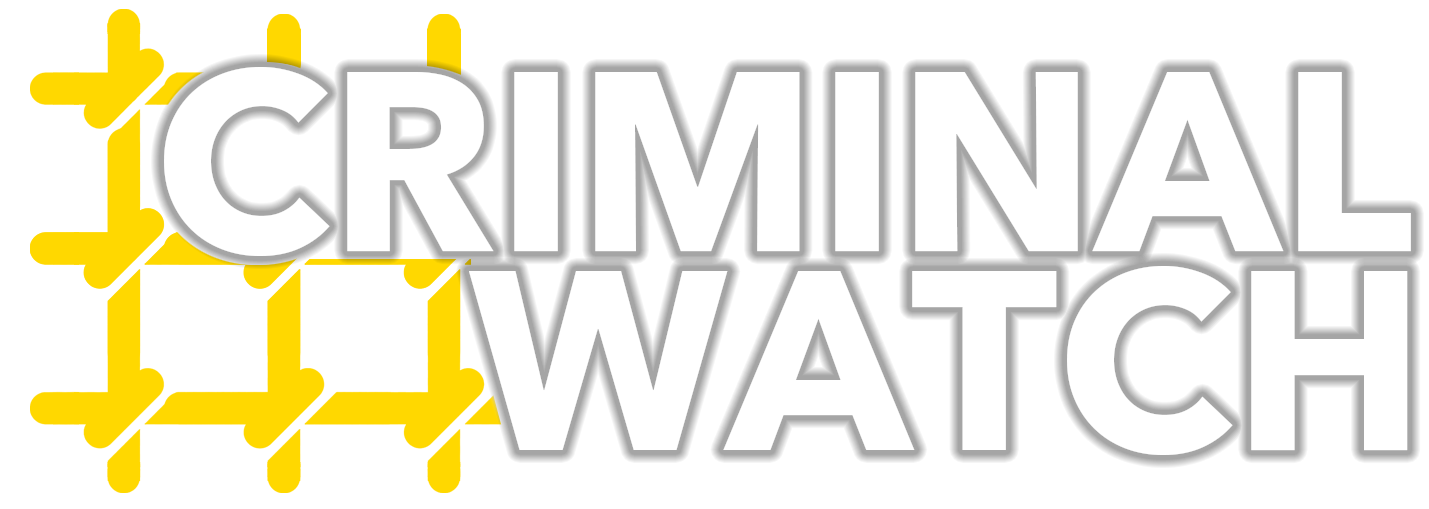In a recent offshore operation, the U.S. military reported that it struck a vessel in the eastern Pacific Ocean suspected of transporting illicit narcotics, resulting in the deaths of two individuals onboard. According to Defense Secretary Pete Hegseth, intelligence established the craft was operating along a known drug-smuggling corridor and carrying contraband bound for the United States. The strike—conducted in international waters—marks another escalation in the U.S. campaign targeting maritime narcotics trafficking.
Strategic Maritime Strike
The Pentagon stated that the operation was conducted under orders from the White House and involved real-time surveillance confirming the vessel’s suspected role in moving illegal drugs. Hegseth shared an 18-second video clip on social media showing the craft being engaged and destroyed. He emphasised that the target was confirmed to be part of a known trans-Pacific smuggling route. By eliminating this vessel, the U.S. military signalled that it intends to interdict maritime supply lines used by narcotics networks.
Mounting Body Count, Expanding Campaign
With this incident, the death toll from U.S. strikes on suspected drug-trafficking boats is now estimated at 66 or more, spanning at least 16 separate operations. The campaign began earlier this year and has broadened from the Caribbean into the eastern Pacific. Analysts note that the naval and air assets deployed represent one of the most forceful U.S. anti-smuggling efforts in decades.
Legal and Diplomatic Questions
While the U.S. frames these operations as defensive actions to protect the homeland from toxic drugs, legal experts and some foreign governments have raised concerns. They question whether lethal military force in international waters, without a formal declaration of war or transparent evidence of imminent threat, complies with international law. Critics warn these operations may set a precedent for extrajudicial maritime strikes under the guise of counter-narcotics enforcement.





























